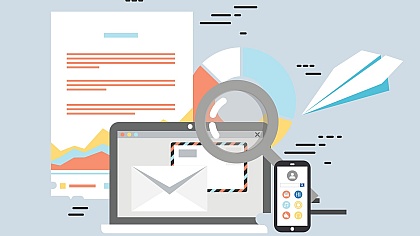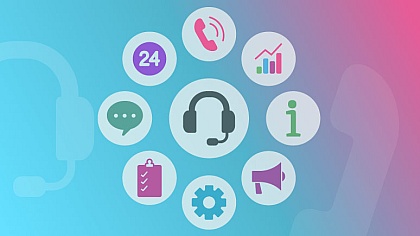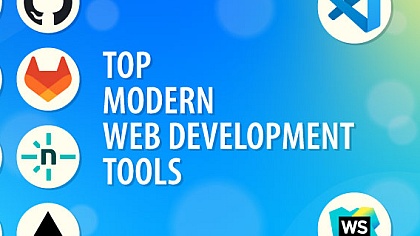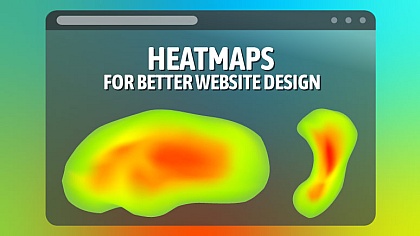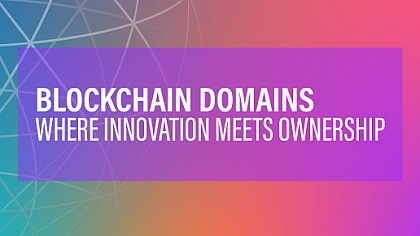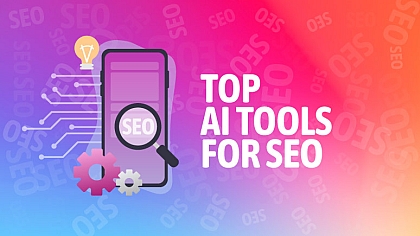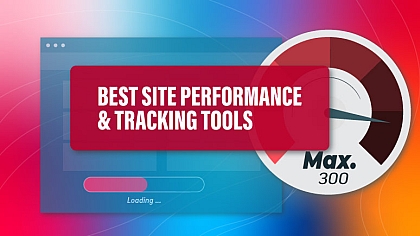
How Implementing CRM 2.0 Can Improve Business
Customer relationship management (CRM) has assumed more importance for firms in today's dynamic industry. Organisations can't manage their contacts with customers; to create truly memorable experiences, they need a 360-degree perspective of each customer. For this reason, businesses should adopt CRM 2.0.
Modern technology has allowed for the development of the next generation of customer relationship management software, or CRM 2.0. It provides businesses with a suite of useful tools that can improve business.
What is CRM 2.0?
CRM 2.0, the second generation of Customer Relationship Management, is a more advanced approach to managing customer interactions and relationships. It involves the integration of advanced technologies such as artificial intelligence, machine learning, and data analytics to provide a more personalised and customised customer experience.
In CRM 2.0, all corporate processes are enhanced, and customer relationships are managed. As the CRM market develops, CRM will become increasingly important for companies that want to remain competitive.
The CRM market is a dynamic and rapidly growing market that offers businesses a range of solutions for managing customer relationships and improving business performance. Market research predicts the global CRM market will reach $114.4 billion by 2027. This is growing at a compound annual growth rate (CAGR) of 14.2% from 2020 to 2027.
CRM solutions and services are highly competitive, with numerous players. Several key CRM players exist, including Salesforce, Microsoft, Oracle, SAP, Adobe, and HubSpot. These companies compete based on product features, pricing, customer support, and brand reputation.
The Benefits of a CRM System for Your Company

Enhanced Departmental Communication and Collaboration
Employees from different departments can collaborate more quickly when accessing the same client data on a consolidated platform.
Marketing and sales can coordinate to develop campaigns tailored to specific demographics and interests. Accessing client data allows support staff to give tailored assistance and swiftly address any issues. Accounting and finance departments can better control costs and stock levels with customer information.
CRM 2.0 can tear down departmental silos. Employees may better interact and collaborate with customers by using a central hub for customer data management.
Increase Efficiency and Productivity
A CRM 2.0 system streamlines processes and reduces manual labour, allowing employees to focus on more valuable tasks that require human involvement. This improves productivity, customer service, and expenses.
CRM solutions automate data entry, appointment scheduling, and email communication. This saves time and reduces errors, letting workers focus on critical thinking and problem-solving.
Automating repetitive chores reduces staff fatigue. Disengaged workers lower productivity and turnover. Automating these procedures reduces the workload and allows workers to focus on more complex and rewarding jobs.
Improved Customer Satisfaction
Businesses can provide customised services by collecting and analysing client data on preferences, behaviour, and purchases.
Personalization boosts client satisfaction. Customers who receive tailored offers and recommendations that meet their requirements and interests feel valued and retained.
CRM 2.0 can identify and fix customer concerns, improving satisfaction. Businesses can improve customer service by tracking contacts and resolving complaints on a common platform.
By offering consistent and reliable service across email, social media, and chat, CRM applications can boost customer satisfaction. Businesses can build client loyalty by providing a seamless and personalised experience.
Better Insights Into Customer Behavior and Preferences
Businesses can learn about customers' behaviour, preferences, and buying habits by recording customer interactions across touchpoints.
These insights can help firms make better decisions and tailor marketing campaigns. Businesses can utilise customer data to identify high-value consumers and offer customised offers and recommendations to encourage repeat purchases. Businesses can use consumer data to determine which marketing channels reach their target audience best and adapt their tactics accordingly.
CRM 2.0 tracks consumer interactions and behaviour patterns. Businesses can utilise customer data to determine which products are popular with different consumer categories and modify inventory and pricing to suit demand.
How to Implement CRM 2.0
Evaluate Your Business Needs
It's crucial to assess your company's requirements before jumping into CRM 2.0. You must first define your problems, goals, and functionality to get the most out of your CRM. By doing so, you may better assess your business requirements and select a CRM platform accordingly.
Choose the Right CRM Platform
Selecting the right CRM platform is crucial to the success of your CRM installation. Considerations including price, features, user-friendliness, and scalability are essential. Salesforce, HubSpot, and Zoho are some of the best-known CRM platforms, providing CRM 2.0 capabilities. If you need assistance deciding which CRM platform is right for your company, try hiring a consultant.
Train Employees
After deciding on a customer relationship management system, providing your staff with adequate training on the updated system is crucial. Your staff must use the system to enter customer information, monitor customer activity, and draw conclusions about how to run the firm. To ensure your team is comfortable with the new system, you can hold training sessions, publish online tutorials, and provide continuing assistance.
Test and Iterate
It is crucial to test and refine CRM 2.0 after initial implementation. Maintain a constant vigil over customer service encounters, data analysis, and strategy adjustments. Doing so makes optimising CRM application usage and spotting problem areas easier.
To be competitive in today's market, businesses must adopt innovative solutions like CRM 2.0 to keep up with rapidly changing technology and client demands. By adopting this cutting-edge technology, businesses may boost their bottom line, strengthen their customer relationships, and fuel their long-term growth.
Keep in mind that there is no universal approach to deploying CRM 2.0. Choose a CRM vendor who will work with you to tailor their software to your company's exact specifications and needs. Employees need proper instruction and assistance to make good use of CRM 2.0.
FAQs
Is CRM 2.0 suitable for businesses of all sizes?
CRM 2.0 is suitable for businesses of every size. They can benefit from CRM 2.0. The features and capabilities of CRM 2.0, however, may change based on a company's nature and scale.
How much does CRM 2.0 cost?
CRM 2.0 prices vary from company to company based on factors such as the number of employees and the number of features required. Some sellers only charge a one-time fee, and others provide subscription plans. The most cost-effective CRM 2.0 solution for a business can be found by weighing the costs and benefits of each choice.
What kind of data can CRM 2.0 collect about my customers?
Information such as client contacts, purchases, website visits, social media engagement, and more can all be gathered using CRM 2.0.
Is CRM 2.0 difficult to implement?
Implementing CRM 2.0 can be complex, but success is possible with the right team and tools. CRM providers often provide set-up and training services for their customers.
Can CRM 2.0 be customised based on business needs?
Adapting CRM 2.0 to your company's specific requirements is possible. Most CRM providers let you tweak the look and feel, add new features and generate reports uniquely.


